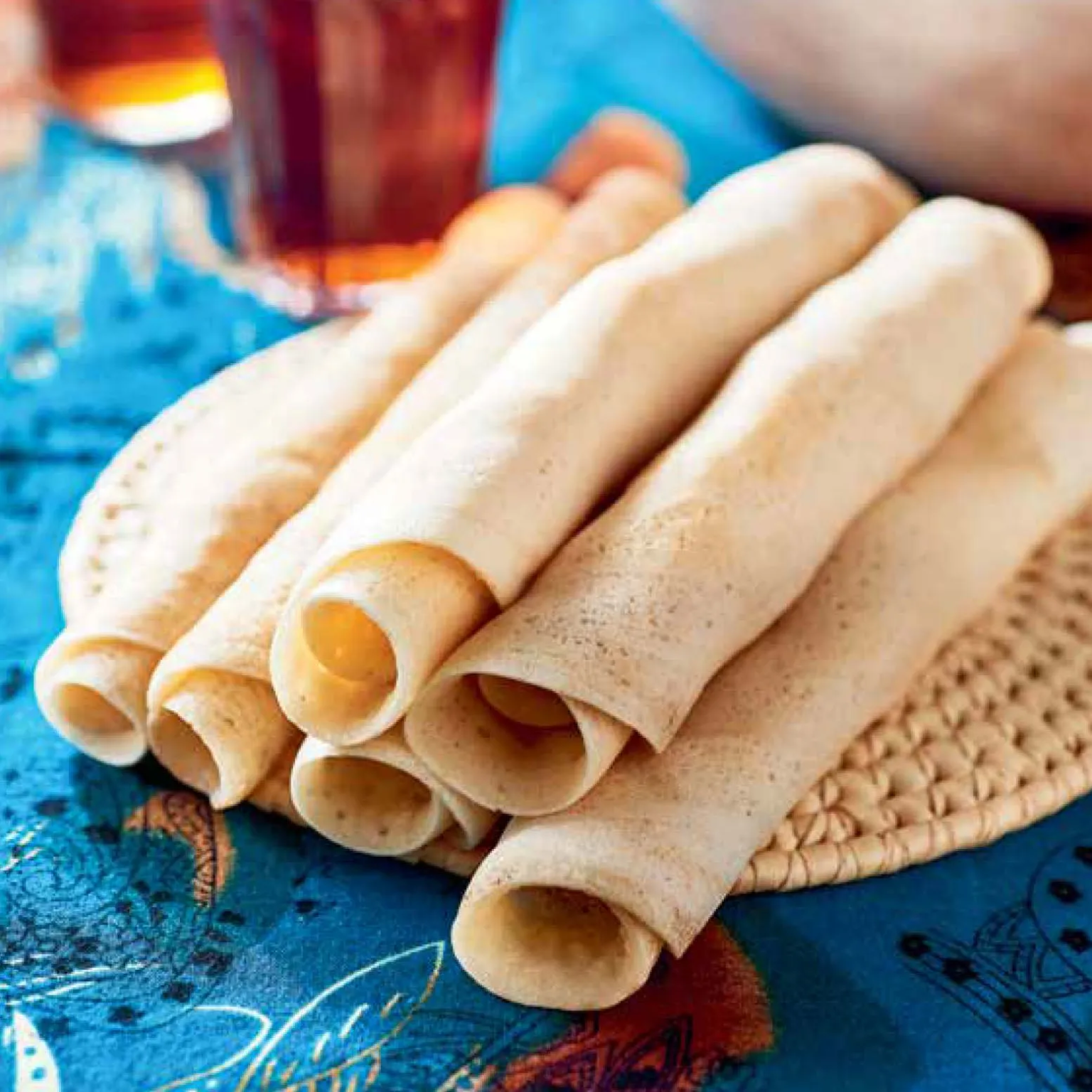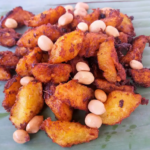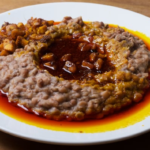When it comes to traditional Somali cuisine, few dishes are as beloved and iconic as canjeero. These spongy pancakes, also known as canjeelo or lahoh, hold a special place in Somali culture and are a staple in Somali households. With their unique texture, delightful flavor, and versatility, canjeero pancakes have won the hearts and palates of people both within and beyond Somalia’s borders. Let’s explore the wonders of this traditional Somali delicacy.
The Art of Making Canjeero
Canjeero is made from a simple batter consisting of flour, water, and yeast, which undergoes a fermentation process. The batter is traditionally prepared by combining a mixture of plain flour, self-rising flour, or cornmeal with water and yeast. This mixture is left to ferment for several hours or overnight, allowing the yeast to work its magic and develop the characteristic spongy texture.
The batter is then poured onto a hot, greased skillet or griddle in a circular motion, creating thin, round pancakes. The process is similar to making regular pancakes, but canjeero requires a slightly longer cooking time to achieve its distinct texture. The result is a stack of beautifully golden and slightly porous pancakes ready to be enjoyed.
The Unique Texture and Flavor
What sets canjeero apart from other pancakes is its unique texture. While traditional pancakes are fluffy and light, canjeero possesses a spongy and slightly chewy consistency. The fermentation process gives the pancakes a porous structure, allowing air bubbles to form, resulting in their characteristic texture. The sponginess of canjeero makes it perfect for soaking up stews, sauces, and gravies, enhancing the overall dining experience.
In terms of flavor, canjeero offers a mildly tangy taste with subtle hints of sourness from the fermentation process. The natural sweetness of the batter and the slight tang complement each other, making canjeero an ideal accompaniment to a variety of dishes, from savory meats to sweet toppings.
Versatility in Somali Cuisine
Canjeero’s versatility makes it a beloved dish in Somali cuisine. It can be enjoyed at any time of the day, from breakfast to dinner. In Somali culture, it is common to serve canjeero as part of a larger meal or as a standalone snack.
For breakfast, canjeero is often paired with a variety of condiments and toppings, such as honey, butter, ghee, or jams. It can also be served alongside Somali tea, coffee, or a spiced milk known as shaah. The spongy texture of canjeero helps absorb these flavors, creating a delightful combination.
In savory dishes, canjeero is often used as a base or a wrap for meat, vegetable stews, or curries. The spongy texture acts as a vessel, holding the flavorful fillings and adding an extra dimension to the overall taste experience.
A Cultural Delight
Canjeero holds cultural significance in Somali households, symbolizing hospitality and togetherness. It is a common sight during festive occasions, family gatherings, and social events. The process of making canjeero is often a shared activity, with family members and friends coming together to prepare the batter, cook the pancakes, and enjoy the meal as a community.
Traditional Somali canjeero pancakes offer a unique and delightful culinary experience. With their spongy texture, tangy flavor, and versatility, they have become an integral part of Somali cuisine. Whether enjoyed as a breakfast treat or as a base for savory dishes, canjeero represents the rich cultural heritage and warm hospitality of Somalia. So, take a bite of this Somali delicacy and savor the distinctive texture and flavors that make canjeero a truly special culinary delight.








